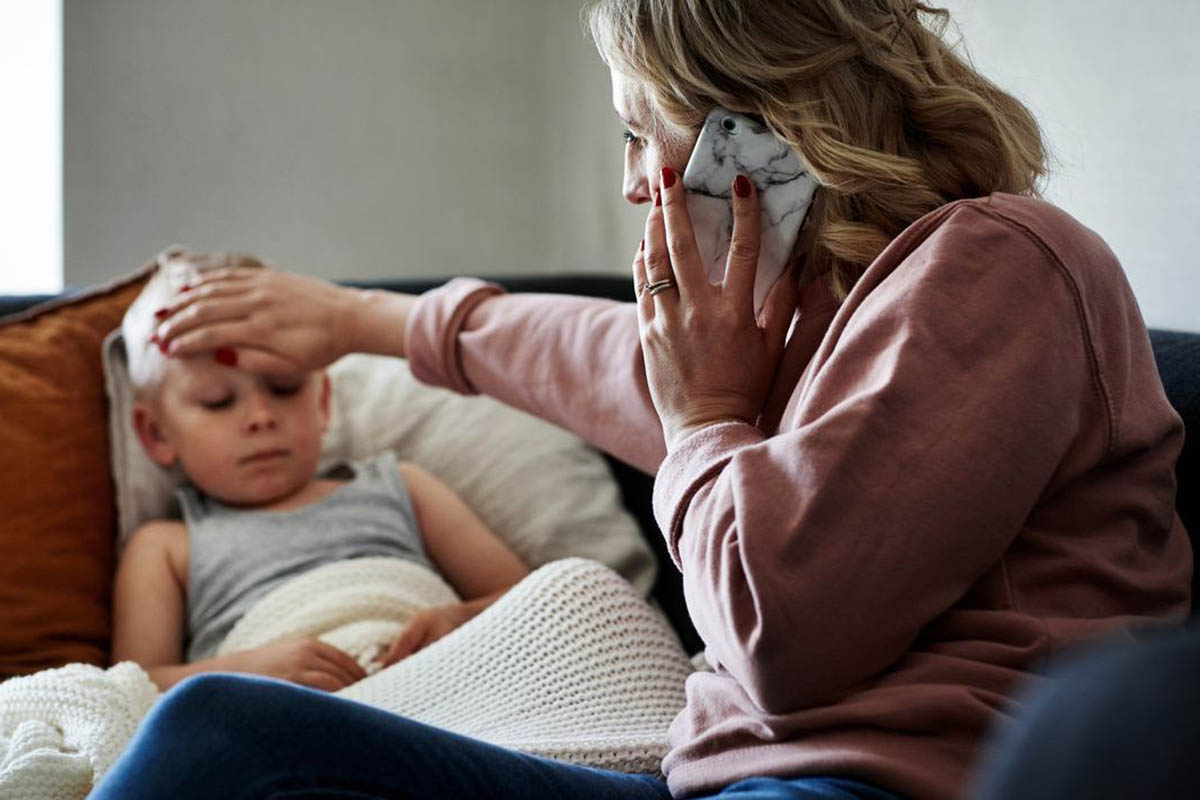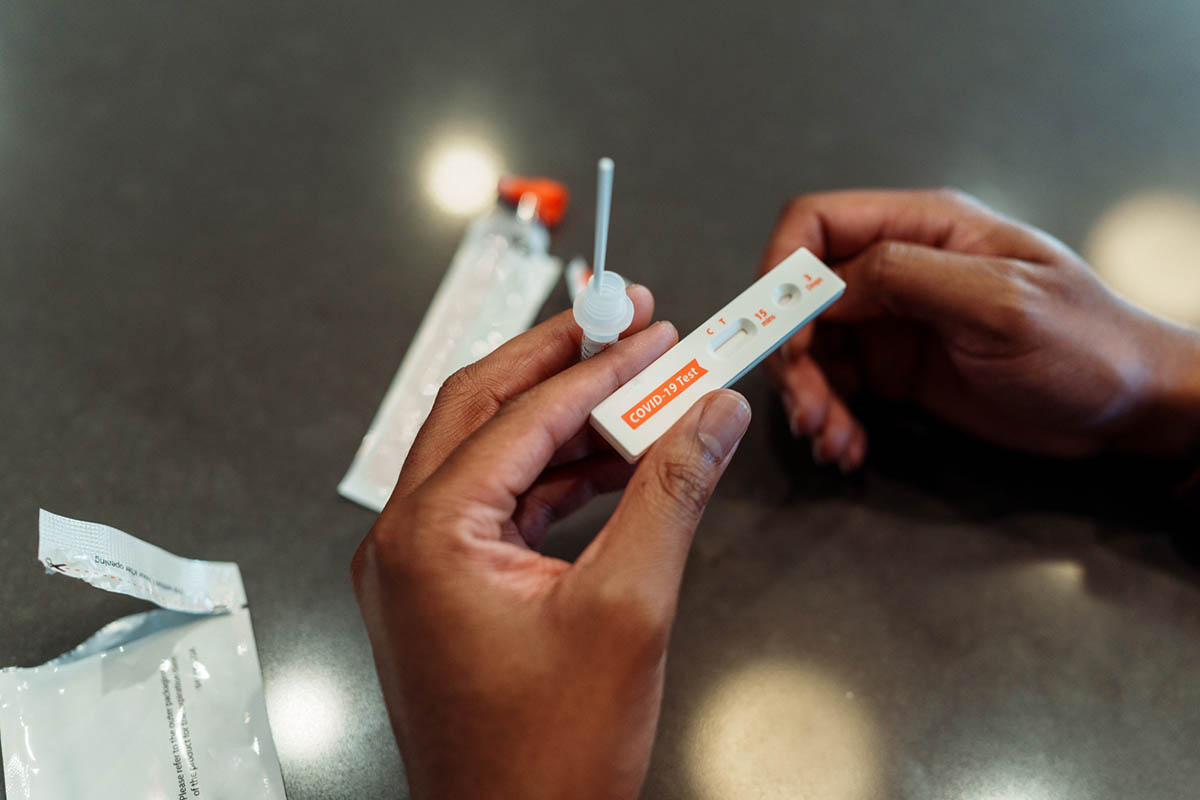
Prim Care Companion CNS Disord 2021;23(6):21cr03039
To cite: Duarte A, Coelho FS, Martins P. COVID-19: fighting an invisible enemy. Prim Care Companion CNS Disord. 2021;23(6):21cr03039.
To share: https://doi.org/10.4088/PCC.21cr03039
© Copyright 2021 Physicians Postgraduate Press, Inc.
aDepartment of Psychiatry and Mental Health, Hospital Santa Maria, Lisbon, Portugal
*Corresponding author: Ana Duarte, MD, CHLN—Hospital Santa Maria, Avenida Professor Egas Moniz, Lisbon, 1649-028 Portugal 00351919095458 ([email protected]).
The coronavirus disease 2019 (COVID-19) pandemic and related lockdown has presented unique challenges to global health. It is known that social isolation, anxiety, and uncertainty about the future lead to the development or exacerbation of psychiatric disorders in vulnerable populations such as the military veteran population.1,2
We report a case of a suicide attempt and late-onset posttraumatic stress disorder (PTSD) in the context of COVID-19 lockdown to highlight the impact of social isolation on mental health.
Case Report
Mr A is a 74-year-old married man that served in the Colonial War in Angola as a shooter for 3 years. He is currently retired from his job as a bus driver. He has no personal or family history of psychiatric or neurologic disorders.
In July 2020, Mr A was hospitalized with a depressive mood, anhedonia, mixed insomnia, and anorexia. He also presented with ideas of worthlessness, guilt, recurrent ideas of death, and hypochondriac and nihilistic delusions, even stating that his internal organs were putrefying. His medications included mirtazapine 45 mg/d and risperidone 1 mg/d. One month later, he was discharged with no psychotic symptoms or suicide ideation and an improvement in his mood state.
One week later, Mr A was admitted to the emergency department because of a serious suicide attempt with a bladed weapon, as he had stabbed himself in the abdomen due to the fear of being infected with severe respiratory syndrome coronavirus 2 and spreading it to his grandchildren. He was initially evaluated by the general surgery team and submitted to an explorative laparotomy, gastric and diaphragmatic raffia, and abdominal wall reconstruction. Due to social isolation and constant fear and uncertainty, the patient felt threatened as he had during the war period: he described vivid flashbacks of the sounds of shots and images of being alone in the middle of the forest. His mental status examination revealed depressive mood, anhedonia, insomnia, and feelings of hopelessness and guilt. He also described constant fear and hypervigilance and hypochondriac overvalued ideas.
During the hospitalization, Mr A was maintained on sertraline 150 mg/d and risperidone 1 mg/d. Six weeks later, he was discharged with no suicidal ideation or psychotic symptoms.
Discussion
Several aspects of daily life during the COVID-19 pandemic are reminiscent of wartime, such as the constant references to mortality, the concern about a shortage of food and medical supplies, separation from family, and a general feeling of powerlessness and uncertainty.2 These feelings are also exacerbated by aging and may trigger reminiscent past wartime experiences, sometimes resulting in the development of late-onset stress symptomatology and associated with severe affective episodes.3 Moreover, the media often uses explicit language that compares COVID-19 to a global war and reports the daily number of deaths, which can be very shocking to veterans who are more vulnerable to the exposition of confrontational situations.4
This case also highlights that PTSD can present after a long period following trauma. Once combat has ended, soldiers can remain in an extended period with their guard down. Thus, it is not uncommon for soldiers to express their distress a long time after combat. This late onset can be associated with external triggers, such as events that somehow resemble the index trauma, as in the COVID-19 pandemic situation.5 We also call attention to the higher suicide risk in patients recently discharged from psychiatric hospitalization, which is notorious in those with very severe suicidal behavior.6
Conclusion
It is important to recognize the massive consequences of COVID-19 on mental health and to provide education about how the current situation may trigger trauma-related memories. We believe that the suicide attempt by our patient would not have occurred if there was no COVID-19 pandemic, which poses one of the greatest threats to mental health that ever existed.
Received: June 6, 2021.
Published online: November 24, 2021.
Potential conflicts of interest: None.
Funding/support: None.
Patient consent: The authors received consent from the patient to publish the case report, and information has been de-identified to protect anonymity.
References (6)

- Zalsman G, Stanley B, Szanto K, et al. Suicide in the time of COVID-19: review and recommendations. Arch Suicide Res. 2020;24(4):477–482. PubMed CrossRef
- Levine J, Sher L. The prevention of suicide among military veterans during the COVID-19 pandemic. Eur Arch Psychiatry Clin Neurosci. 2021;271(2):405–406. PubMed CrossRef
- Murphy D, Williamson C, Baumann J, et al. Exploring the impact of COVID-19 and restrictions to daily living as a result of social distancing within veterans with pre-existing mental health difficulties [published online ahead of print November 25, 2020]. BMJ Mil Health. 2020. PubMed
- Marini CM, Pless Kaiser A, Smith BN, et al. Aging veterans’ mental health and well-being in the context of COVID-19: the importance of social ties during physical distancing. Psychol Trauma. 2020;12(S1):S217–S219. PubMed CrossRef
- Horesh D, Solomon Z, Keinan G, et al. The clinical picture of late-onset PTSD: a 20-year longitudinal study of Israeli war veterans. Psychiatry Res. 2013;208(3):265–273. PubMed CrossRef
- Forte A, Buscajoni A, Fiorillo A, et al. Suicidal risk following hospital discharge: a review. Harv Rev Psychiatry. 2019;27(4):209–216. PubMed CrossRef
Please sign in or purchase this PDF for $40.





